Image: Cartoon to convince Winnipeggers to support of fresh air camps, May 22, 1937. Credit: “Fresh Air Camps Edition.” Winnipeg Free Press. |
Adapted from the article by James Burns and Dr. Gordon Goldsborough
Fresh air camps for “working-class and poor children” began in Britain around 1865. Domestic coal and wood-fired stoves and furnaces created poor indoor air quality, and the prevailing opinion was that children needed fresh air to thrive.
That tradition was brought to Winnipeg, where the first summer camp opened July 1900. The Norwood Grove Camp, first run by the Salvation Army, experienced a few rocky years and operated at different locations throughout the city including Sturgeon Creek in St. James. By 1911, it had found a permanent home at Loni Beach, just north of the town of Gimli. Operated by Methodists, it was initially called the All People’s Mission Gimli Camp, and was renamed Camp Sparling in 1926. This was the first of many camps to grace the shores of Lake Winnipeg.
Presbyterians opened the next camp in 1913. Called Camp Robertson, it was just south of Gimli at South Beach. From here, the number of camps along Lake Winnipeg’s west shore began to increase, with B’nai Brith Camp establishing a permanent building close to Sandy Hook in 1920. The Catholics established Camp Morton in 1920, the Salvation Army established the Sandy Hook Fresh Air Camp in 1921, and the Anglican Lakeside Fresh Air Camp was established in 1921.
In the early days, camps like these allowed young people to get away from the hustle and bustle of the city, eat good food and have fun. According to social historian Sharon Wall, such camps served the dual purpose of promoting public health and injecting middle-class values.15
These camps were generously supported through gifts from citizens and well as The Winnipeg Foundation.
Camps continued to grow in the area, until in 1961 there were a reported 33 resident summer camps and 10 day camps. These camps enjoyed great popularity for many years, but that did come to an end. B’nai Brith at Sandy Hook closed in 1954, and moved near Kenora, Ont. Camp Massad, which is a separate initiative, began in 1953. Camp Morton was sold to the province in the 1960s and today is a provincial park. Lakeside Camp closed in 1977, Camps Sparling and Robertson closed in 1974, and Sandy Hook Camp also closed in the ’70s.


